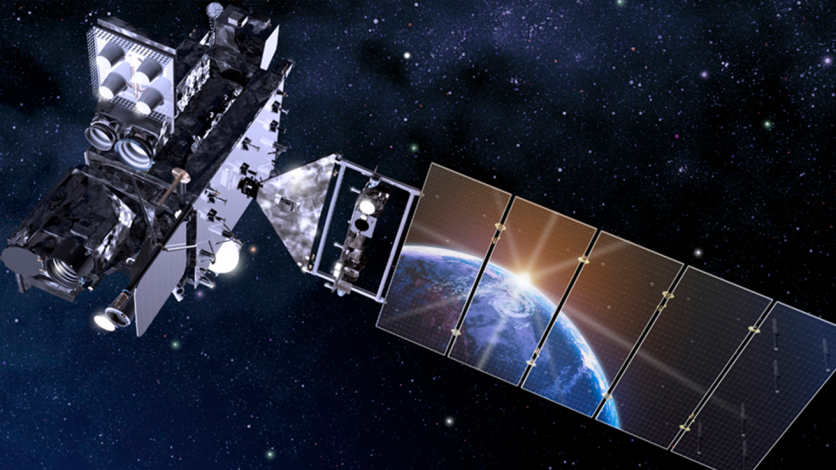
A new form of weather-tracking spacecraft is bound for the stars on Mar. 1. In tandem with NASA, the National Atmospheric and Oceanic Administration (NOAA) will be launching a state of the art satellite named the GOES-T. It will reach out toward the cosmos at 4:38 PM from Cape Canaveral via the United Launch Alliance Atlas V 541 rocket.
It will mainly keep track of the western continental U.S., areas around Central America, the Pacific Ocean, Hawaii, Mexico, and Alaska. GOES-T will be utilized not only to track weather based on Earth, with detailed imagery and mapping at that but will likewise be able to determine various alternate space-based weather phenomena to aid in burgeoning research of the cosmos.
Given that it is the 18th satellite within the GOES-R program, GOES-T will find its new name as GOES-18 (as well as GOES-West) once it has reached earth orbit. As is the case, this satellite is one of many replaced over the years, starting all the way back in 1970, with NOAA consistently maintaining at least two satellites for constant weather-based surveillance.
The satellite currently in its position, unfortunately, suffered a malfunction of its Advanced Baseline IMager back in 2018. This component is among the most important aspects of the mission, allowing GOES-R satellites to take brilliant photos of the Earth's surface as various weather phenomena arise. The heat buildup from the satellite's other electronic equipment and its radiator caused the loop heat pipe system to fail, making images taken via the current satellite atrophied.
Read Also: NASA's Ingenuity Mars Helicopter Concludes 20 Flights in Red Planet, But It's Not Stopping There
Fortunately, it can still be salvageable and utilized for other purposes even after GOES-T replaces it. The former GOES spacecraft will be used in a "standby mode," explains Pamela Sullivan, GOES-R program director at NOAA. It will act as a spare in orbit, which isn't exactly new as NOAA has a total of two former satellites still in space used in such a way, while thirteen of its former satellites are officially retired.
GOES-T will feature a host of newly-added tech and gadgetry, making it far outclass its predecessors. The main among new gear is its state-of-the-art Advanced Baseline Imager, which has been added to three GOES next-generation spacecraft. This highly upgraded camera will allow GOES-T to take extremely high-resolution photos of the western hemisphere in its entirety within a five-minute sequence.
The photos will have varied spectral bands, which essentially relates to varied light and color wavelengths of up to 16 different ranges, such as blue and red, etc. To put into perspective the enormity of this jump, previous GOES lenses only could see up to five spectral bands. Thus, GOES-T and its accompanying spacecraft will do wonders in weather observation.
"It's a very all-purpose spacecraft," Sullivan explains to WIRED. "Basically, any kind of good or bad weather, any kind of hazardous environmental condition, the cameras on GOES-T will see them. The GOES satellites really help people every day, before, during and after a disaster."
GOES-T won't be alone up there. Coming in behind it will be its brethren satellite, the GOES-U, which will take up the position of the now-standing eastward-facing satellite. Both it and GOES-T will be utilized to study the sun as it dispenses charged particles that interact with the Earth's magnetic field, which essentially is a geomagnetic storm.
All information gathered via the GOES satellites comes free to all. The various readings and discoveries can be found on NOAA's website, showcasing imagery readings, photographs, and much more.
GOES-T will launch on Tuesday at 4:38 PM EST, per stable weather conditions, and broadcast live on NASA TV.
ⓒ 2025 TECHTIMES.com All rights reserved. Do not reproduce without permission.




